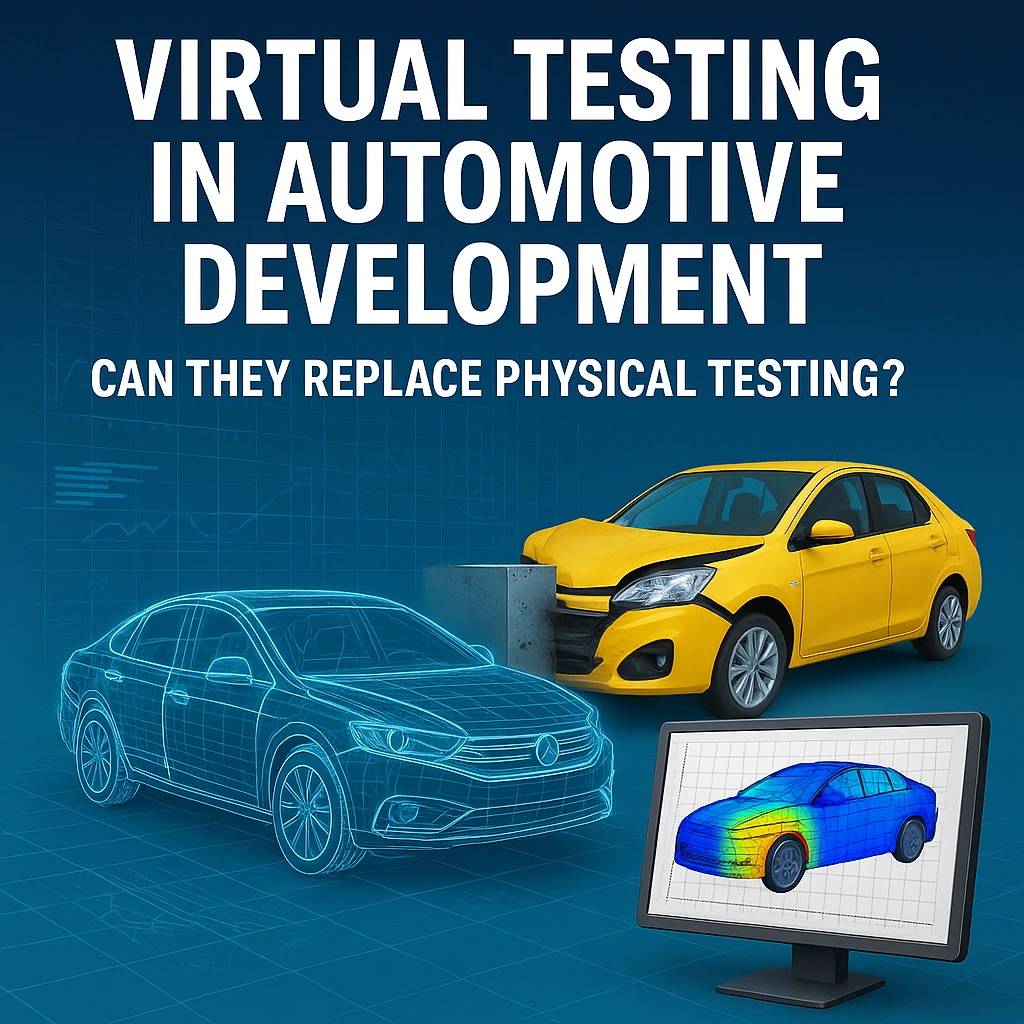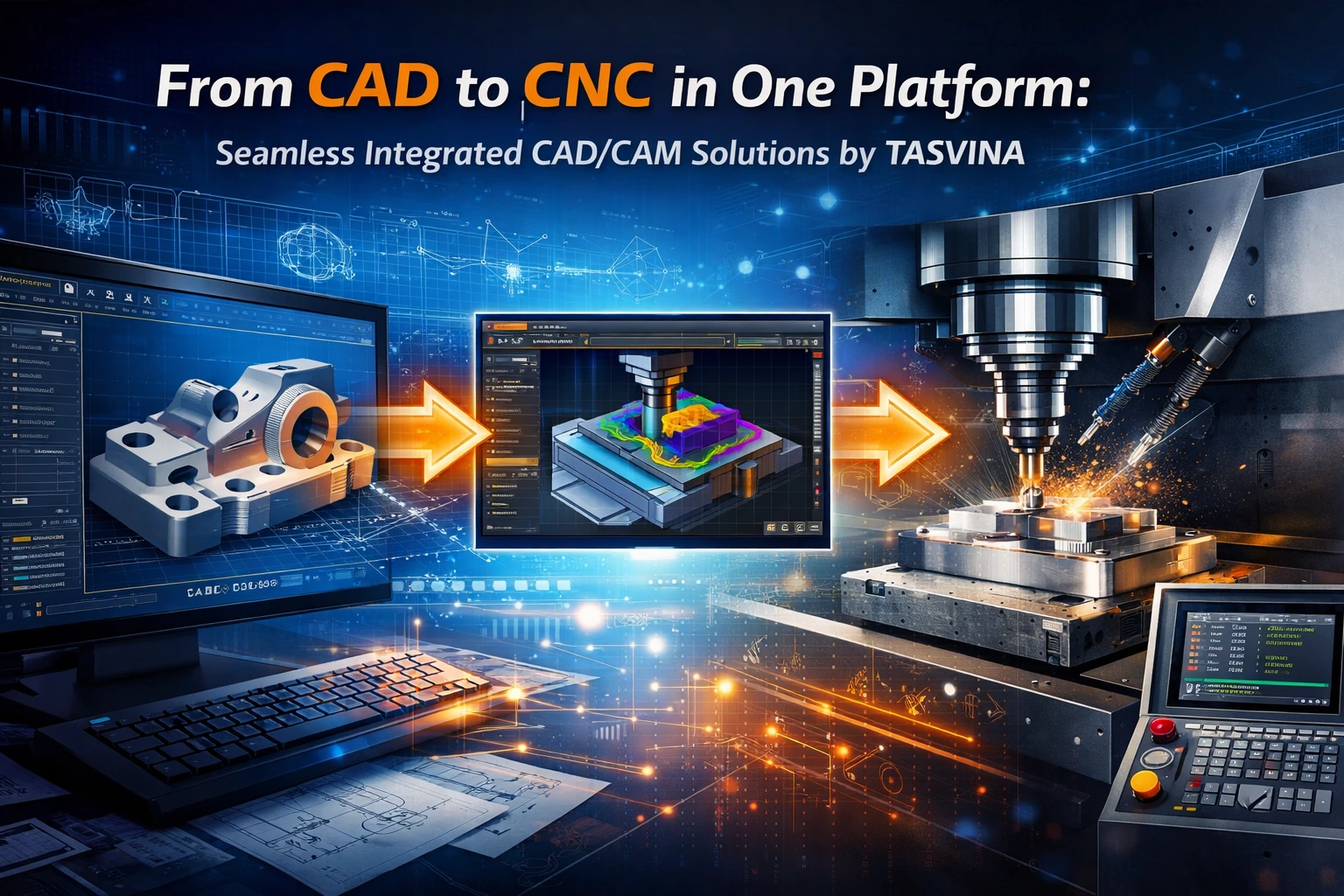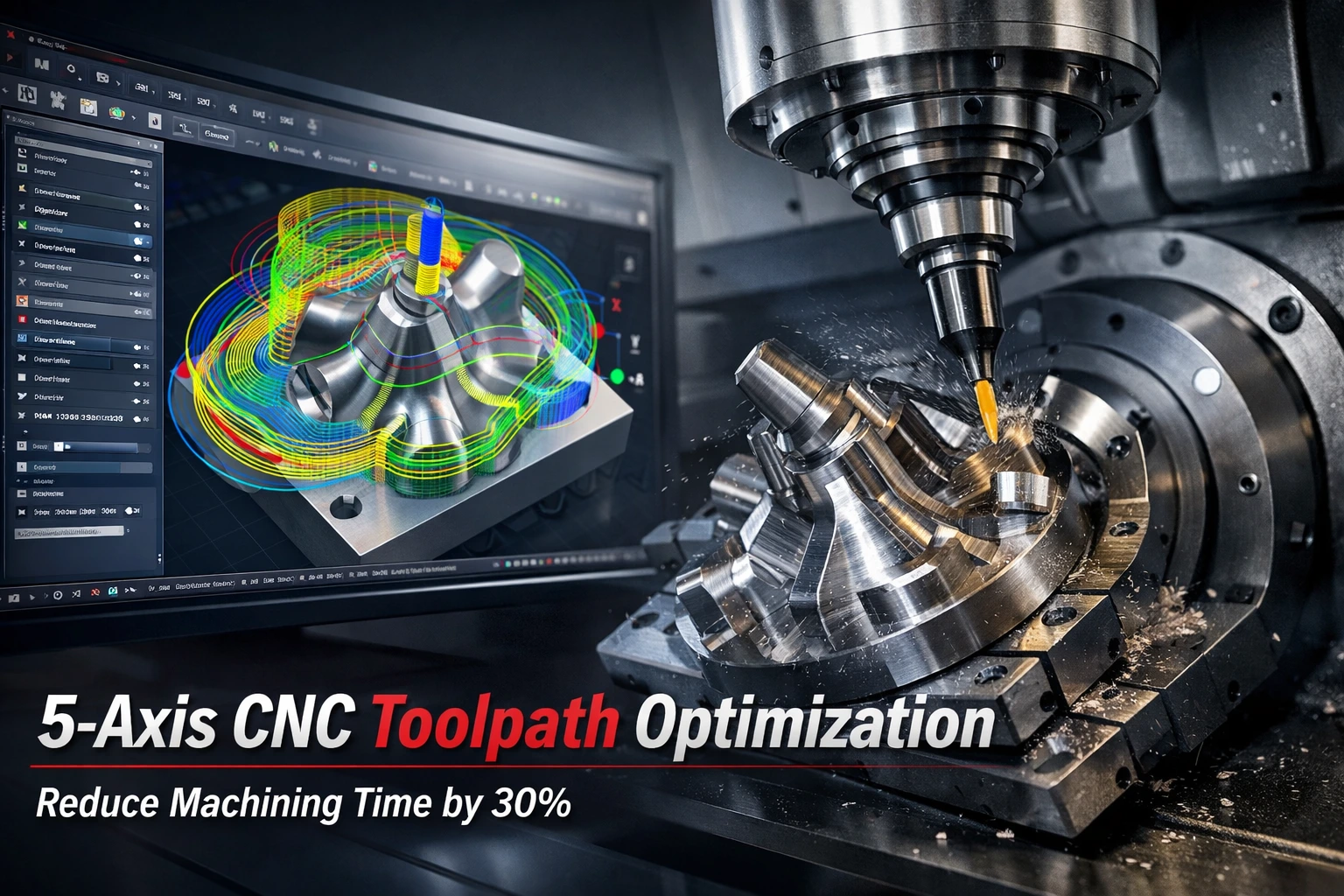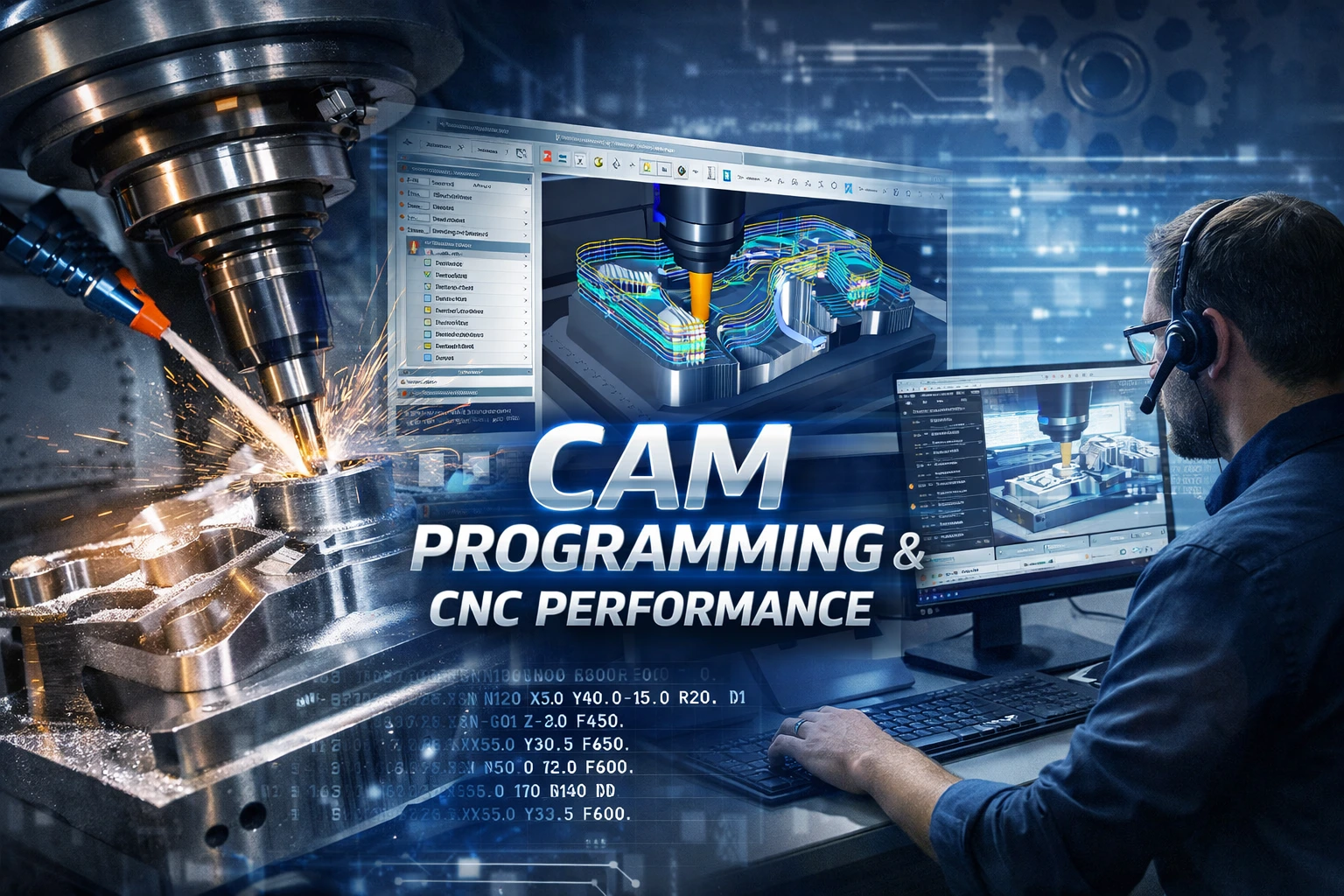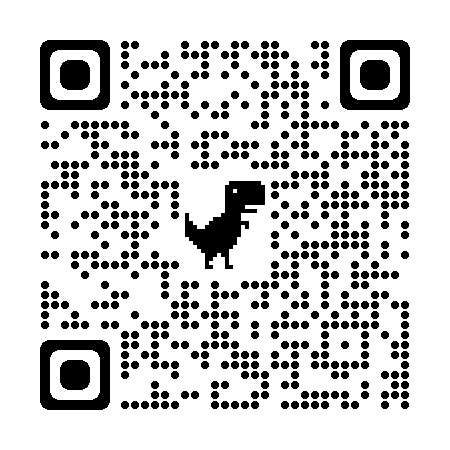In the era of digital technology and automation, the automotive industry is undergoing a remarkable transformation.
For decades, vehicle development has relied primarily on physical testing – time-consuming and costly experiments designed to validate performance, durability, and safety. Today, however, the global trend is shifting toward Computer-Aided Engineering (CAE) and Virtual Testing Systems, where digital models increasingly replace traditional prototypes.
This transformation represents far more than a tool upgrade. It is a revolution in how engineers design, evaluate, and optimize vehicles. Yet one fundamental question remains:
Can virtual testing truly replace physical testing?
Physical Testing – The Foundation of Reliability
For more than a century, physical testing has been the gold standard of vehicle validation. From crash tests and structural durability to vibration and noise assessments, these experiments deliver undeniable real-world reliability.
The advantage of physical testing lies in its authenticity – no virtual model can fully replicate the complexity of real materials, environments, or human behavior behind the wheel. However, a full-scale physical testing program can cost tens of millions of dollars, and even a minor design change requires rebuilding and retesting prototypes.
As the market demands faster innovation and cost efficiency, this model has become increasingly unsustainable.
Virtual Testing – The Digital Leap in Automotive Engineering
CAE and simulation technologies emerged as a strategic response to shorten the product development cycle.
Instead of building physical prototypes, engineers create high-fidelity 3D digital models that accurately represent the structure, materials, and operating conditions of the vehicle.
Using advanced tools such as ANSYS, Simcenter, Abaqus, Altair, and LS-DYNA, they can analyze load cases, crash performance, aerodynamics, thermal behavior, and fatigue – all within the virtual environment.
The greatest strength of virtual testing lies in its flexibility and efficiency.
A single engineer can simulate hundreds of design variations in hours rather than months. Simulation results reveal potential weaknesses early in the process, significantly reducing the number of prototypes and saving up to 40–60% of development costs.
Moreover, virtual testing enables continuous optimization – digital models can be updated iteratively with each design change, improving performance and manufacturability before a single prototype is built.
The Limits of Virtual Testing
Despite its benefits, virtual testing cannot yet fully replace physical testing.
Simulations, no matter how advanced, depend on the accuracy of input data – including material properties, boundary conditions, and nonlinear interactions between components. Inaccurate data can lead to simulation results that deviate from reality.
Furthermore, certain physical phenomena – such as high-speed material deformation, tire-road interactions, or human comfort and handling feedback – remain extremely difficult to reproduce in software.
As a result, virtual testing today plays a complementary role, reducing but not eliminating the need for real-world experiments. Leading automakers use simulations to screen and optimize designs early, then validate only the most promising candidates physically – saving thousands of engineering hours and millions of dollars.
The Power of Data and the Rise of the Digital Twin
A new trend is pushing virtual testing to a higher level: Digital Twin technology.
A Digital Twin is a virtual representation that mirrors the real product, continuously updated with sensor data from physical operation.
For example, a vehicle equipped with hundreds of sensors measuring forces, temperature, and vibration can stream this data into its digital twin. Engineers then analyze and optimize the design in real time, predicting failures before they occur and fine-tuning performance with unprecedented accuracy.
As simulation and real-world data become tightly integrated, the credibility of virtual testing grows stronger, blurring the line between “virtual” and “physical.”
This synergy also enables AI-driven simulations, where machine learning algorithms automatically learn from thousands of simulation results to propose optimized designs.
TASVINA’s Role in Virtual Testing Solutions
At TASVINA, we believe simulation is not merely a technical tool but a strategic foundation for sustainable product development.
With expertise in CAD, CAE, CAM, and Automation, TASVINA helps clients establish comprehensive virtual testing workflows, including:
- Building and calibrating high-fidelity 3D models for components and full systems.
- Designing and executing complex simulations under diverse operating conditions.
- Integrating real-world data for Hybrid Validation – combining physical and virtual testing.
- Optimizing designs for weight, strength, and manufacturability.
Our engineering team has extensive experience collaborating with partners from Japan, Korea, and Europe, ensuring international standards and quality in every project conducted in Vietnam.
We empower clients to reduce validation costs, accelerate time-to-market, and enhance product reliability in one seamless engineering process.
The Future of Automotive Development – Blending Virtual and Physical Worlds
Rather than asking whether virtual testing can replace physical testing, modern engineering focuses on integrating both approaches into a flexible development process.
Virtual testing dominates the early design, optimization, and validation phases, while physical testing provides final confirmation and feedback to refine simulation accuracy.
This integration forms a closed-loop development cycle, where virtual models learn from real-world data, and real-world data enhances simulation fidelity.
In the near future, technologies such as AI-driven optimization and Cloud-based CAE will enable large-scale real-time simulations, empowering engineers to make data-driven decisions from concept to production.
Conclusion
Virtual testing is not a replacement for physical testing — it is the natural evolution of it.
It enables engineers to work smarter, faster, and with greater precision. In the automotive industry, where every gram of weight and every percentage of efficiency matters, accurate simulation offers a decisive competitive edge.
TASVINA is proud to support this transformation by providing world-class simulation and virtual testing solutions that drive innovation, sustainability, and excellence in automotive engineering.
We are committed to partnering with global companies in Vietnam to build a future that is safer, smarter, and more efficient — where digital engineering accelerates every step from concept to reality.




